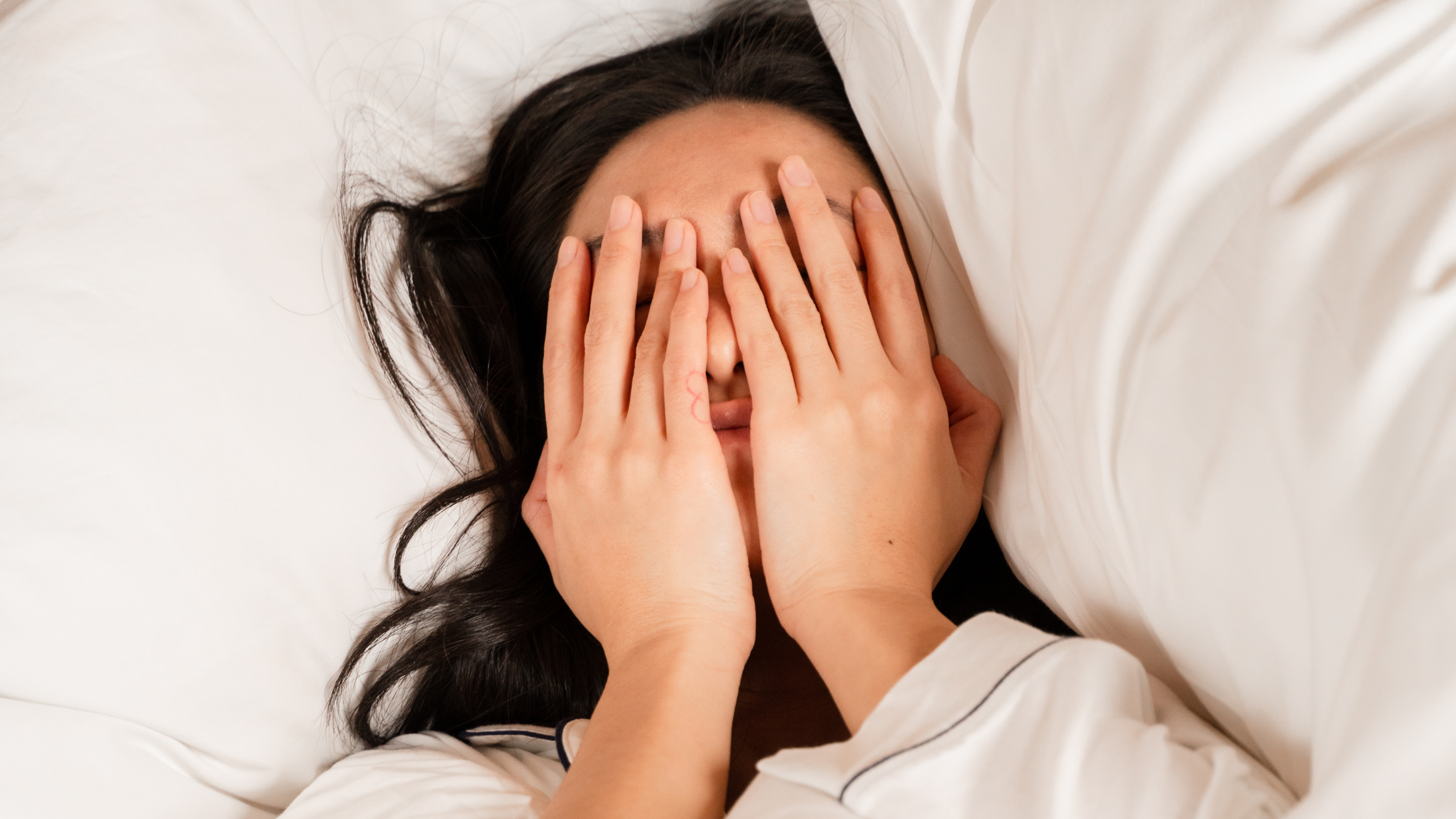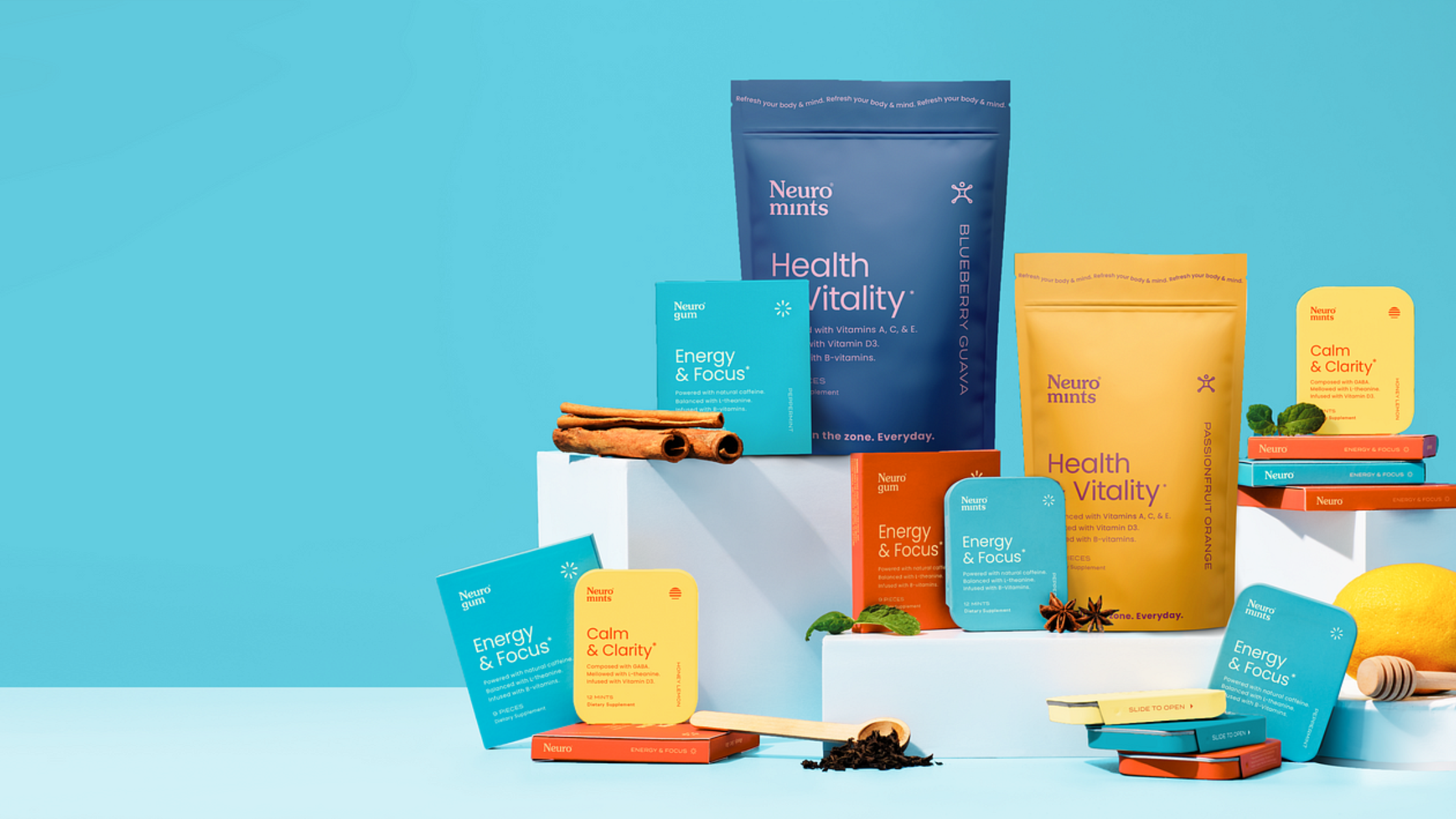Eating for Best Energy Results

Nutrition has been a hot-button issue for several decades, one that influences all of us on a daily basis. Modern lifestyle and its ever-increasing sedentary tendencies have brought about a slew of new challenges, chief among them being the attempt to maintain healthy eating habits in an environment which somehow seems designed to hinder such efforts. While we will briefly touch upon the global situation with regard to obesity, the focus of this text will be to provide you with an underlying approach to eating which will help you stay energized and ready to tackle the tasks ahead of you, whatever they may be, along with some tips and tricks to ensure you make the most out of your day.
The Obesity Epidemic

As we said, the topic of this text is optimizing one’s energy levels through proper eating habits, not weight loss, and we are only bringing up the obesity card in order to illustrate that there is clearly something wrong with the way significant portions of the population are going about their daily food intake. The World Health Organization has been considering obesity a global epidemic(1) for decades, and a major research study(2) published in 2016 found that there were more people in the world who were struggling with obesity than there were underweight people. What’s even worse is that more and more children are starting to have these problems, and it’s clear that this situation needs to be addressed.
It does not take a genius to figure out the root of this problem – it lies in how much food people are eating, what kind of food they are eating, and at what times throughout the day. This is where the link between the primary topic of our text (eating for best energy results) and the issue of obesity becomes clear, as we will be paying a great deal of attention to those three factors, particularly the latter two. For now, it comes as no shock that unhealthy processed food being both widely available and affordable does not bode well for the obesity crisis, but it may be a bit of a surprise to learn that, in addition to wreaking havoc on a person’s waistline, such food is also bad for your energy levels.
The Basics

Onto our main topic, helping you stay energized throughout the day. Before we go into the details of the whats and whens, we need to quickly go over how much food you ought to eat on a daily basis. With all this talk of obesity and weight loss in modern society, it has perhaps slipped the collective mind that the primary function of food is to provide energy and this little fact shows it – everyone knows that we use calories to talk about how much we need to eat or which ingredients are good/bad for you, but not everyone will be able to tell you that a calorie is actually a unit of energy (which shows the amount of energy required to heat up 1 gram of water by 1°C).
A person’s recommended daily calorie intake will vary significantly based on the level of physical activity, age, and gender(3), but it is generally said to be around 2,500kcal for men and 2,000kcal for women. These figures show the requirements for maintaining your current weight and will naturally need to be reduced if you’re trying to lose weight, while the opposite holds true if you’re bulking up.
As for the number of meals per day, most studies tackle this issue from the aspect of weight loss and a heated debate is ongoing about whether a larger number of small meals is better than the old-fashioned 3 square meals a day, but we won’t go into the details because that’s not our topic. With regard to optimum energy levels, we agree with the theory that you should eat more frequently(4), around 5 times a day. What this basically means is you should have a healthy snack between your larger meals, but more on that below.
When You Wake up

The first thing you should tend to after waking up is hydration. On average, men need around 3.7 liters of fluid per day, while women require around 2.7 liters(5). About 20% of this will come from food, and the rest needs to be from drinks. Since you’ve just spent, hopefully, between 6 and 8 hours asleep, you need to fill up in the morning. And hydration remains a key point throughout the entire day – not only will you feel better and more energized, drinking plenty of water will also help reduce your desire to reach for sodas or other unhealthy beverages.
If you happen to be a coffee drinker, another tip for the morning is to stay away from the brew for at least an hour. After you wake up, your cortisol levels will increase and provide you with the energy to start the day – this is called the cortisol awakening response(6). After that effect wears off in an hour or two, that’s when you want to get your coffee or nootropics, such as caffeine gum, in order to maximize the energy gains.
Your breakfast should emphasize proteins. An excellent way to go about doing this is to consume eggs. While eggs did have a bad reputation because of cholesterol, this has since been disproven scientifically, as evidenced by studies such as this one(7). Just make sure you go easy with fried eggs and instead opt for boiled or poached whenever you can. Peanut butter and yogurt are also good choices, and you can easily look up other protein-rich ingredients that you enjoy.
During the Day and in the Evening

Your snacks should also focus on protein and be light on carbohydrates – just look at the previous paragraph. You can also use protein shakes as they take literal seconds to prepare and are easy to bring to work. And yes, you can use protein shakes even if you’re not working out.
For lunch - a source of protein (like chicken) and some vegetables or a piece of fruit would be ideal. Again, a relatively light meal which is low on carbs. The reason we are avoiding carbohydrates during the day is because they cause spikes in blood sugar levels(8) – by saving them for the evening, we are doing our best to avoid (or at least minimize the effects of) the dreaded midday slump.
Once you get to the evening and most of your work is done, that’s the time to consume those carbohydrates. Potatoes, pasta, and many other favorites fit this bill. Just be careful about the quantities – we are not counting calories, so simply use common sense. Avoid overeating and know when to stop.
We hope this general outline will help you maximize your energy potential throughout the day. Each person is different, so feel free to tweak it and see what works best for you, but the general principle should apply. It doesn’t matter what your day-to-day obligations are, having sufficient energy is the key to doing more with your time.
Resources:
- http://www.who.int/nutrition/topics/obesity/en/
- http://www.bbc.com/news/health-35933691
- EstimatedCalorieNeedsPerDayTable.pdf
- https://www.health.harvard.edu/healthbeat/eating-to-boost-energy
- https://www.mayoclinic.org/healthy-lifestyle/nutrition-and-healthy-eating/in-depth/water/art-20044256
- https://www.ncbi.nlm.nih.gov/pubmed/18854200
- https://academic.oup.com/ajcn/article/103/3/895/4569580
- https://www.hsph.harvard.edu/nutritionsource/carbohydrates/carbohydrates-and-blood-sugar/



